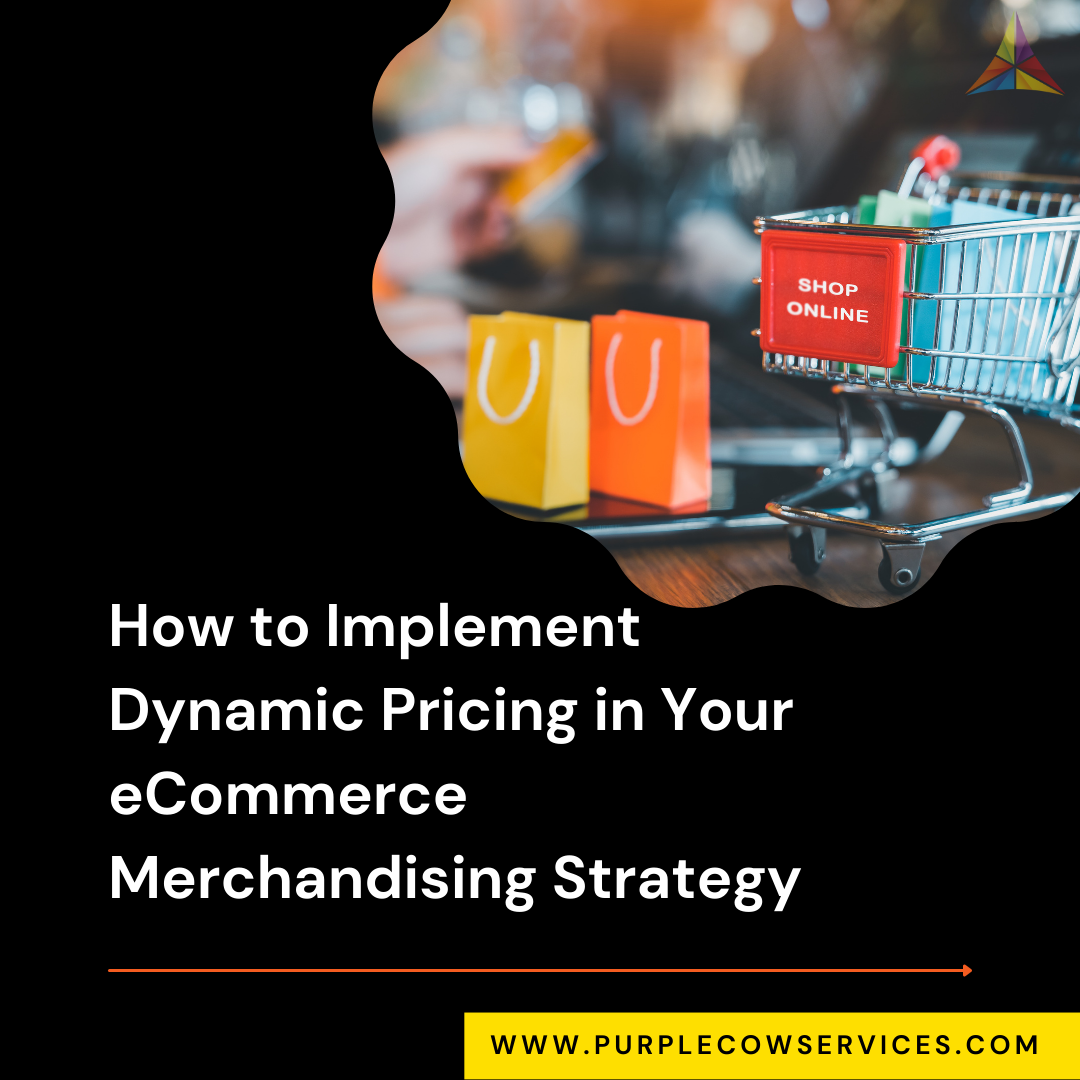If you're running an eCommerce store, you know how important it is to have a strong merchandising plan. An effective eCommerce merchandising plan can help you increase sales, improve customer engagement, and build brand loyalty. But creating a merchandising plan that works requires careful planning and execution.
Share This Story, Choose Your Platform!
In this step-by-step guide, we’ll take you through the process of creating an effective eCommerce merchandising plan that will help you achieve your business goals.
Step 1: Identify Your Target Audience
The first step in creating an effective eCommerce merchandising plan is to identify your target audience. Who are your customers? What are their needs and preferences? Understanding your target audience will help you tailor your merchandising plan to their specific needs, which in turn will help you increase sales and improve customer satisfaction.
Step 2: Define Your Merchandising Objectives
Once you have identified your target audience, it’s time to define your merchandising objectives. What do you want to achieve with your merchandising plan? Do you want to increase sales of a particular product? Improve customer engagement? Boost your brand’s visibility? Defining your objectives will help you stay focused and measure the success of your merchandising plan.
Step 3: Conduct a Competitive Analysis
To create a successful eCommerce merchandising plan, it’s important to understand what your competitors are doing. Conduct a competitive analysis to see what your competitors are offering, how they’re pricing their products, and what marketing strategies they’re using. This will help you identify gaps in the market that you can fill and develop a unique selling proposition that sets you apart from the competition.
Step 4: Develop a Product Assortment Plan
Your product assortment plan is the foundation of your eCommerce merchandising plan. It’s important to offer a range of products that appeal to your target audience and meet their needs. Develop a product assortment plan that includes a mix of products at different price points and with different features and benefits. This will help you cater to the needs of different customers and increase sales.
Step 5: Create a Pricing Strategy
Your pricing strategy is a crucial component of your eCommerce merchandising plan. Your pricing should be competitive, but also profitable. Take into account your production costs, shipping costs, and any other expenses when setting your prices. Consider offering discounts or promotions to incentivize customers to make a purchase.
Step 6: Develop a Promotional Calendar
A promotional calendar will help you stay organized and plan your marketing efforts in advance. Develop a calendar that outlines your promotions, sales, and other marketing activities throughout the year. This will help you stay top of mind with your customers and drive sales.
Step 7: Optimize Your Product Pages
The optimization of your product pages is crucial to the success of your eCommerce store. To achieve this, you should include high-quality images, detailed product descriptions, and customer reviews. By doing so, you can ensure that your customers can easily find the information they need and make a purchase. Use A/B testing to determine which product page elements are most effective at driving sales.
Step 8: Implement a Personalization Strategy
Creating a unique customer experience relies heavily on personalization. Implement a personalization strategy that includes personalized recommendations, targeted promotions, and personalized messaging. This will help you build strong relationships with your customers and increase sales.
Step 9: Measure and Analyze Your Results
Measuring and analyzing your results is crucial to the success of your eCommerce merchandising plan. Utilize analytical tools to monitor your sales, customer involvement, and additional performance indicators. Use this data to adjust your merchandising plan and improve your results over time.
Conclusion
Creating an effective eCommerce merchandising strategy requires careful planning and execution. By following these steps you can develop a merchandising plan that is tailored to your target audience, defines your objectives, analyzes the competition, offers a range of products, sets competitive prices, uses a promotional calendar, optimizes your product pages, implements a personalization strategy, and measures and analyzes your results. By taking the time to develop a strong eCommerce merchandising plan, you can improve your sales, customer engagement, and brand loyalty. Remember to stay focused on your objectives, and make adjustments as needed based on your results. With a little bit of effort, you can create a merchandising plan that helps you achieve your business goals and drive success in your eCommerce store.
Introducing our Purple Cow eCommerce Merchandising Plan! Stand out from the competition and capture your target audience with our customized product assortment, competitive pricing, and personalized messaging. With a strategic promotional calendar and optimized product pages, we’ll help you drive sales and improve customer engagement. Don’t settle for mediocrity, choose our Purple Cow plan and be the remarkable standout in the eCommerce world.
Share This Story, Choose Your Platform!
In This Blog:

















